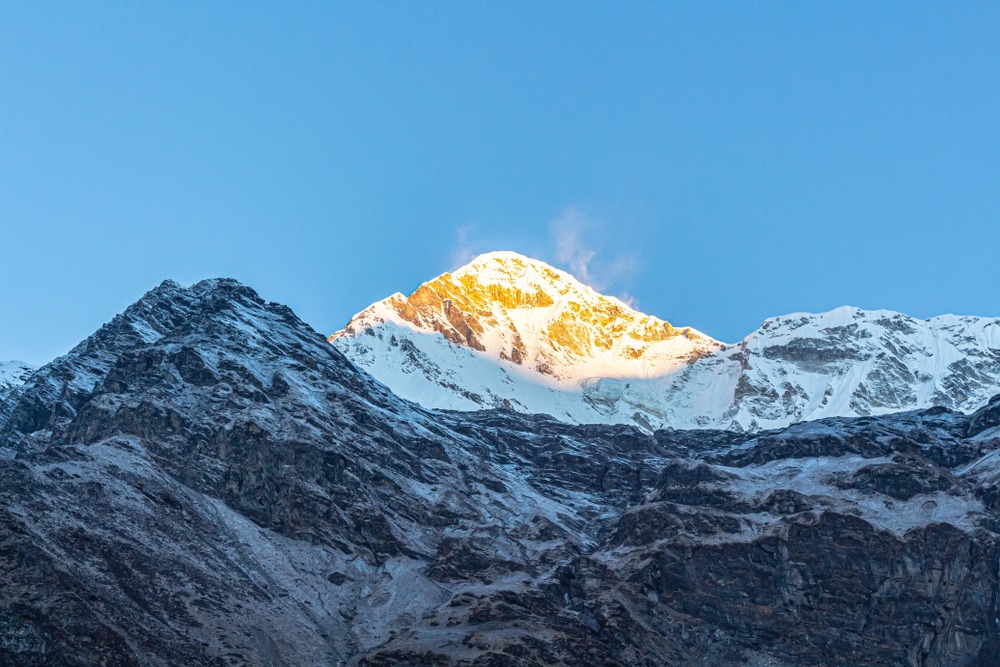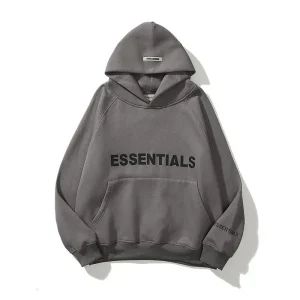The Pindari Glacier walk in Uttarakhand is one of those experiences that leaves you with lifelong memories, and I’ve always thought that the mountains have a way of anchoring us. If you’re looking for a trek that is moderately challenging, full of natural beauty, and not overly commercialized, this is one I’d definitely recommend. Let me walk you through everything you need to know about the trek—the route, the itinerary, some tips from my experience, and even a suggestion on how to plan it better.
About Pindari Glacier Trek
The Pindari Glacier sits at an altitude of around 3,600 meters in the Kumaon Himalayas. It’s about 5 km long and is often called the “soul of Kumaon trekking.” What makes this trek special is that it’s not as crowded as some of the other Himalayan treks but still gives you stunning views of peaks like Nanda Devi, Maiktoli, and Panwali Dwar. The trail runs along the Pindar River, which originates from the glacier itself, and trust me, the sound of that gushing river becomes your constant companion.
This trek is usually considered easy to moderate, so you don’t need prior high-altitude trekking experience, but you should have basic fitness to enjoy it fully.
Route Overview
Khati village, the final inhabited village along the trail, is where the trip begins. From Kathgodam or Bageshwar, you can drive to Khati. The actual trekking begins here and goes through some beautiful stretches of forest, wooden bridges, meadows, and riversides until you reach the glacier. The round trip usually takes about 6–7 days.
- Kathgodam → Bageshwar (by road)
- Bageshwar → Khati (by jeep/road)
- Khati → Dwali → Phurkia → Zero Point (Glacier View)
The highlight is reaching Zero Point, which gives you a direct view of the glacier and surrounding peaks.
Detailed Itinerary
Here’s a simple day-wise breakdown that worked for me and is generally followed by most groups:
Day 1: Kathgodam to Bageshwar
- Start early from Kathgodam railway station.
- Drive takes about 8–9 hours.
- Stay overnight in Bageshwar.
The journey itself is scenic, passing through Almora and villages that feel untouched by time.
Day 2: Bageshwar to Khati
- Drive to Kharkiya, then trek for a few km to Khati village.
- Khati is the last village on the route, and you’ll find basic guesthouses here.
The people of Khati are warm and welcoming—it feels like stepping back into a slower pace of life.
Day 3: Khati to Dwali
- Trek distance: Around 11–12 km.
- The trail runs along the Pindar River, with a mix of uphill and forest patches.
- Stay at a guesthouse or camp at Dwali.
This stretch is full of thick forests and hanging bridges, which makes the walk exciting.
Day 4: Dwali to Phurkia
- Trek distance: Around 5 km.
- Altitude gain is noticeable here, so pace yourself.
- Phurkia has fewer options, so staying in camps is common.
The views of snow-clad peaks start opening up on this trail.
Day 5: Phurkia to Zero Point (Glacier) and back to Dwali
- Trek distance: Around 16 km (round trip).
- Start early in the morning for clear views.
- The ultimate reward of the hike is the stunning vista of the Pindari Glacier that can be seen from Zero Point.
After spending some time soaking it all in, you trek back to Dwali for the night.
Day 6: Dwali to Khati
- Retrace your steps, about 11 km back to Khati.
- By now, the trail feels familiar, and you can take it at an easy pace.
Day 7: Khati to Bageshwar and drive back
- Return journey to Bageshwar and then to Kathgodam.
Best Time to Do the Trek
The summer months (April to June) and the post-monsoon season (September to early November) are perfect.
- In summer, the trail is full of blooming flowers and greenery.
- In autumn, you get crisp views of snow-clad peaks.
Avoid monsoon months (July–August) due to landslides and slippery trails.
Tips from My Experience
- Fitness First: While it’s not extremely tough, you’ll still be walking 8–12 km daily. A few weeks of walking, jogging, or stair climbing before the trek makes it easier.
- Pack Light but Smart: Essentials include a good pair of trekking shoes, warm clothes (it gets really cold at night), rain gear, and basic medicines.
- Carry Cash: ATMs are only available in Bageshwar. Once you leave, you won’t find digital payment options.
- Respect the Locals and Nature: Don’t litter. This trek’s unadulterated, unspoiled surroundings are what make it so beautiful.
- Stay Connected: Mobile networks fade out after Khati. Inform family beforehand.
Guided Trek Option
If you’re trekking for the first time in Uttarakhand or prefer not to handle logistics yourself, going with a local trekking company is a smart choice. I personally went with a group organized by a local company based in Bageshwar, and it made the whole experience stress-free. They arranged transport, stays, meals, and most importantly, knowledgeable guides who knew the trail inside out.
One such reliable option is The Searching Souls, which is known for well-managed Himalayan treks like Pindari Glacier Trek. They ensure safety, eco-friendly practices, and also give you insights into the local culture along the way. I liked that they don’t treat it as just a trek—they actually make it feel like a journey into the Himalayas.
Even if you’re an independent traveler, having a support team can make a big difference, especially in unpredictable mountain weather.
Why Choose Pindari Glacier Trek?
- Perfect for beginners and experienced trekkers alike: It’s challenging enough to feel rewarding but not overwhelming.
- Scenic variety: From forests to meadows, riversides to glaciers—you experience everything in a single trek.
- Less commercialized: Unlike some treks that feel overcrowded, this one still retains its peaceful charm.
For me, standing at Zero Point with the glacier right in front was one of those “this is why I trek” moments. In the finest way conceivable, the mountains serve as a reminder of your own insignificance.
Conclusion
The Pindari Glacier trek is not just about reaching a destination; it’s about the journey—the rivers you cross, the locals you meet, the forests you walk through, and the feeling of achievement when you finally stand in front of the glacier. If you’re planning your first Himalayan trek, or even if you’re seasoned but want something offbeat, this trek is worth every step. And if logistics worry you, joining a reliable trekking group like The Searching Souls makes the whole process seamless.



